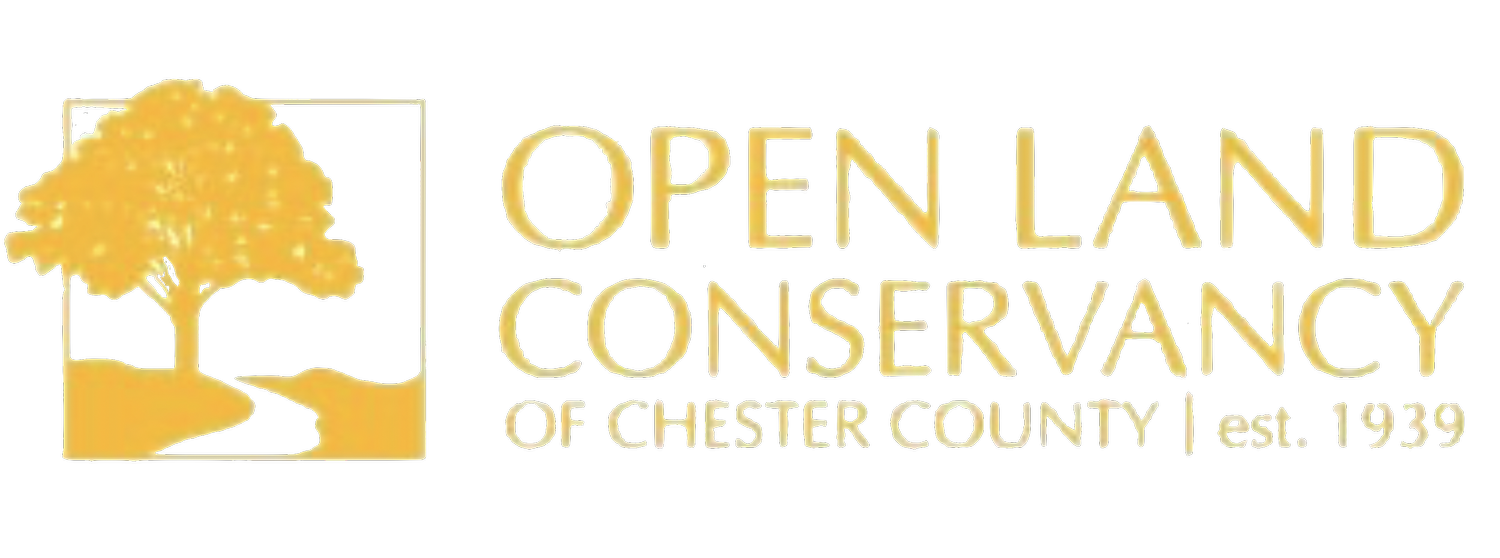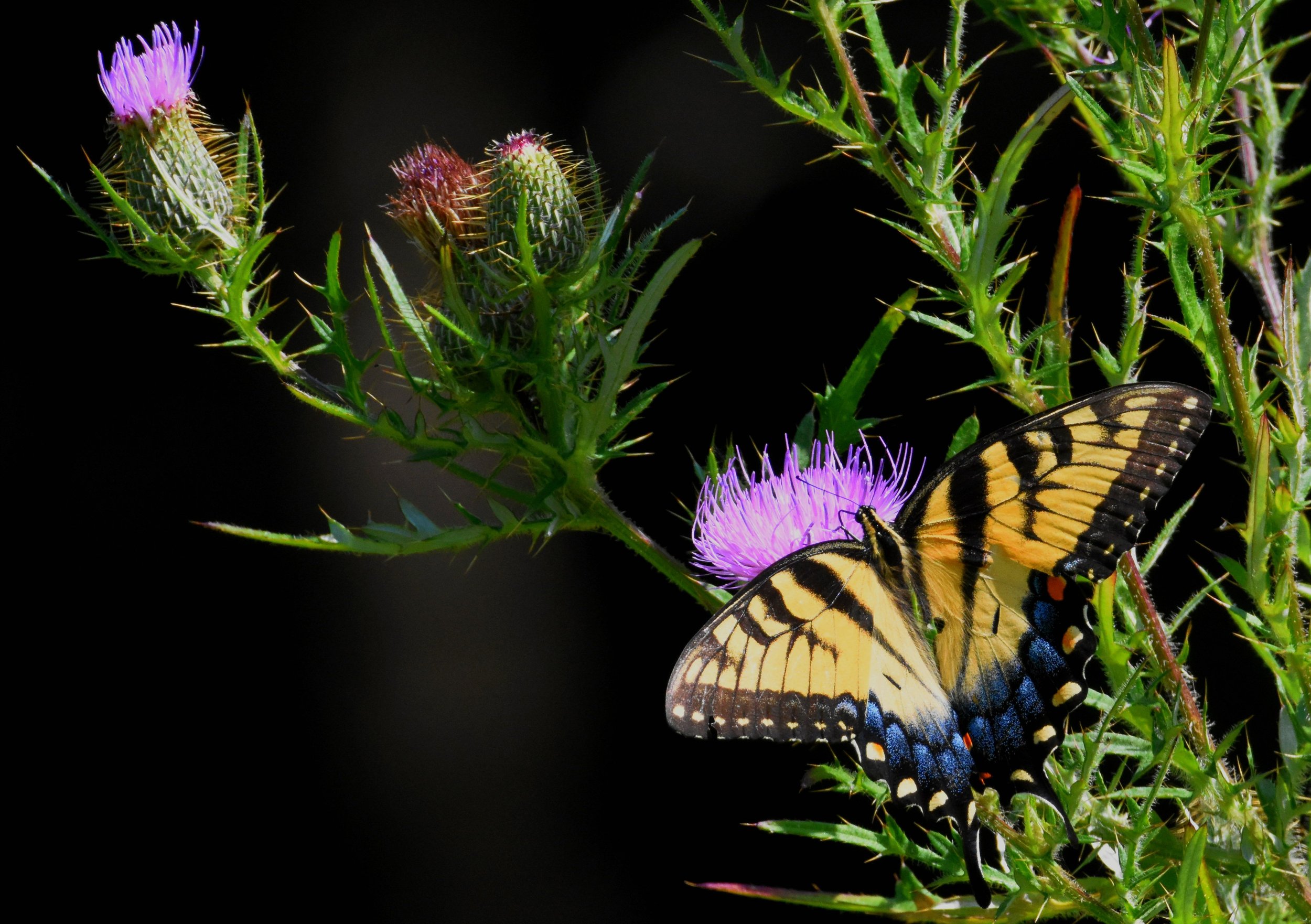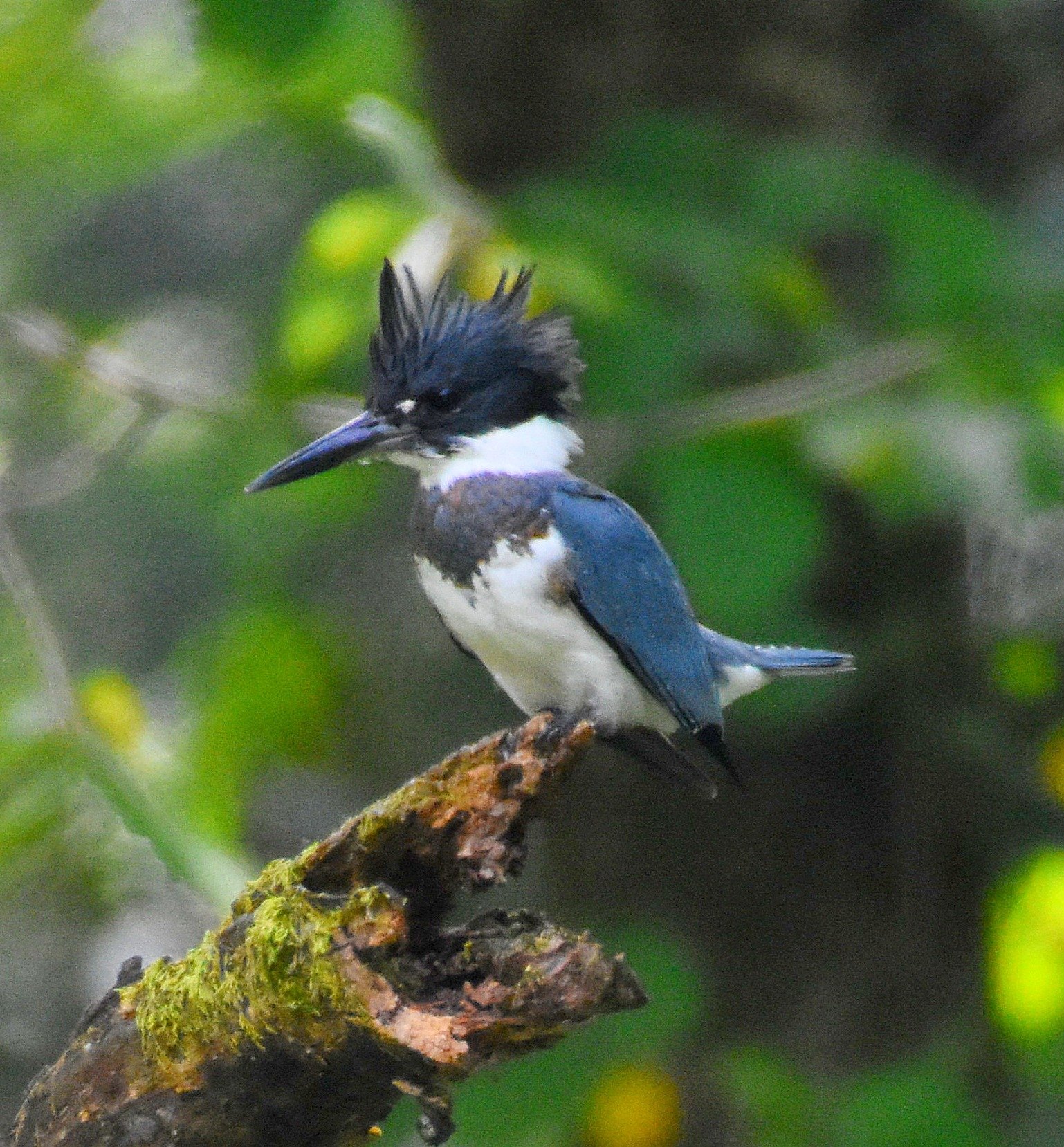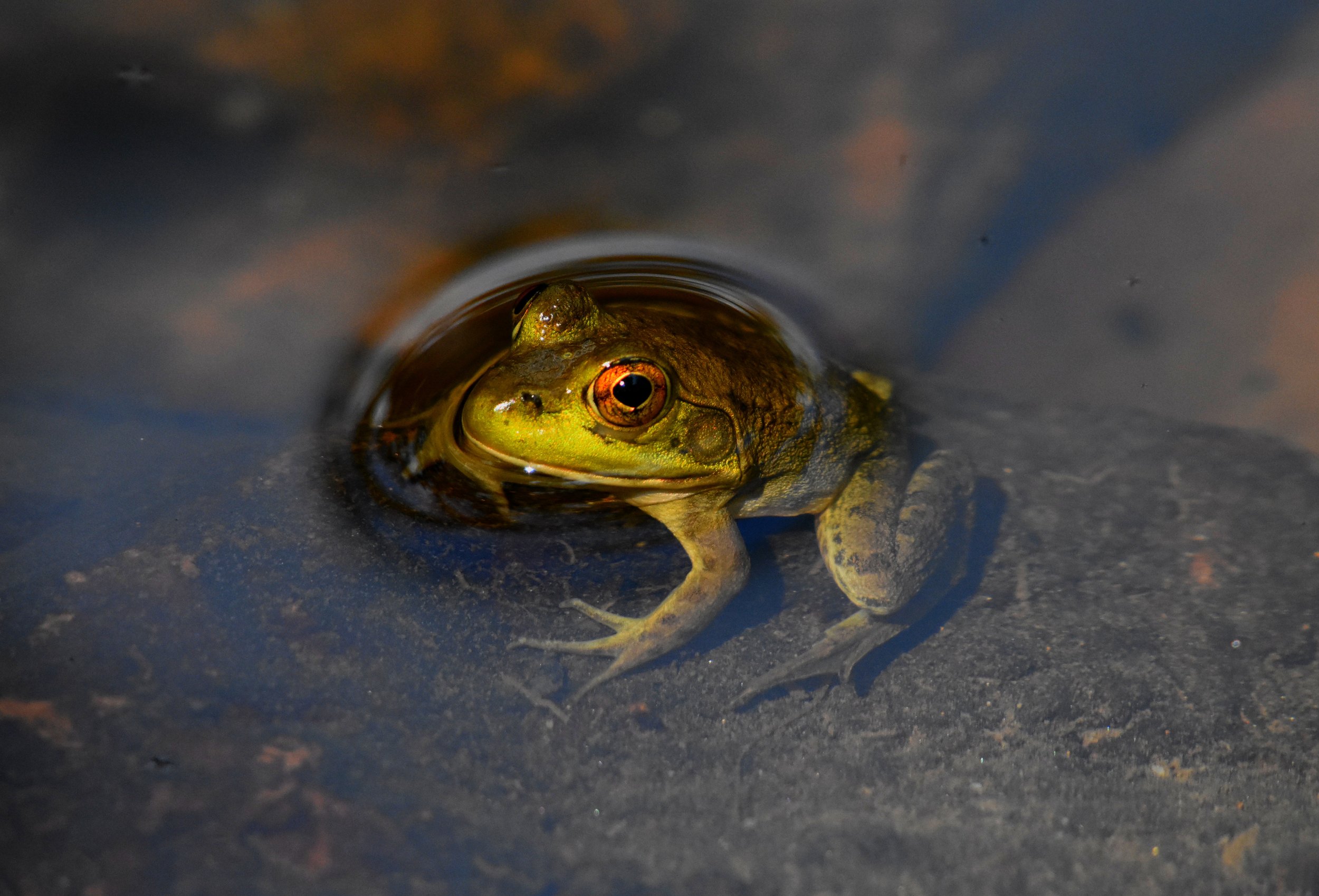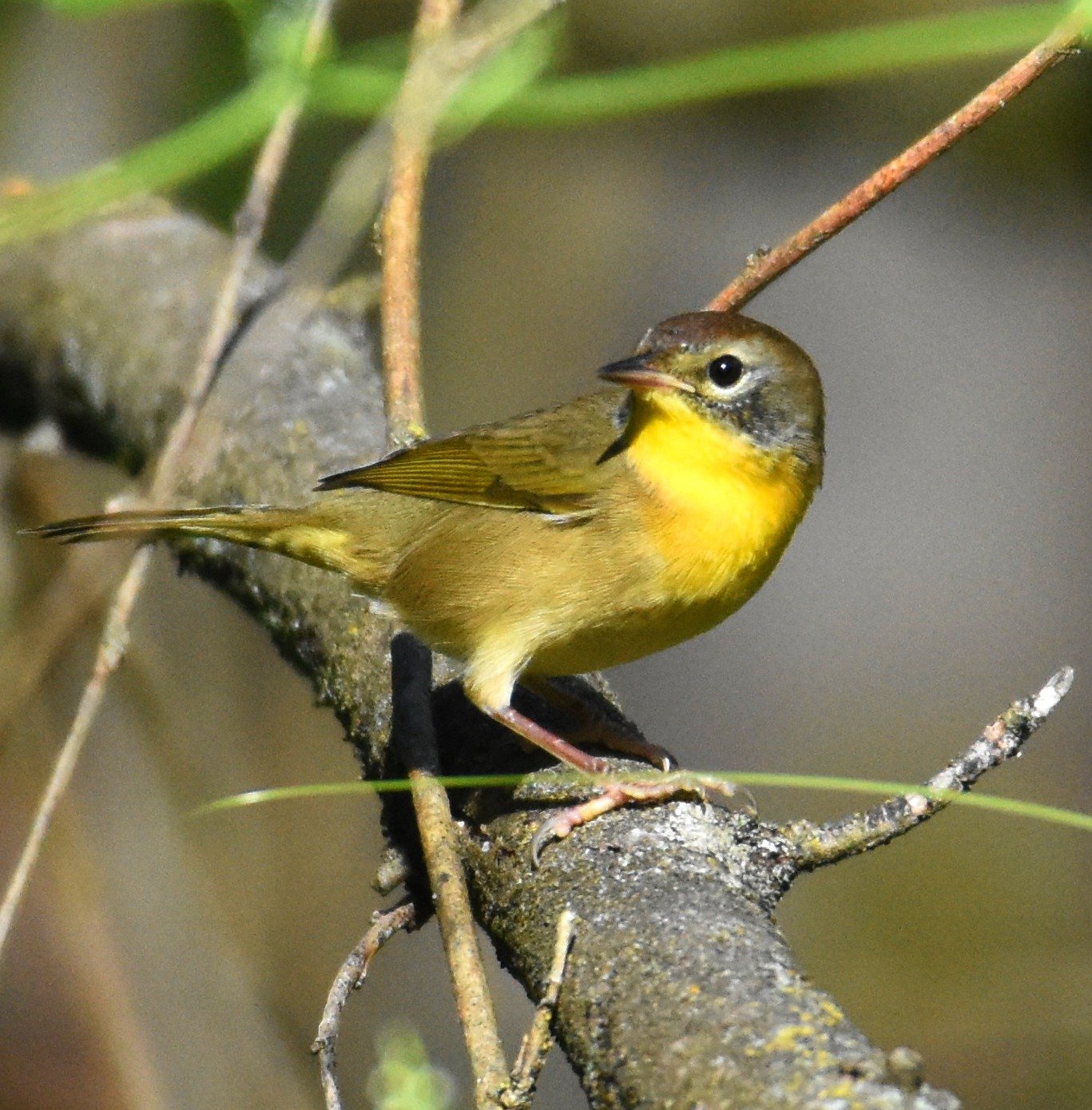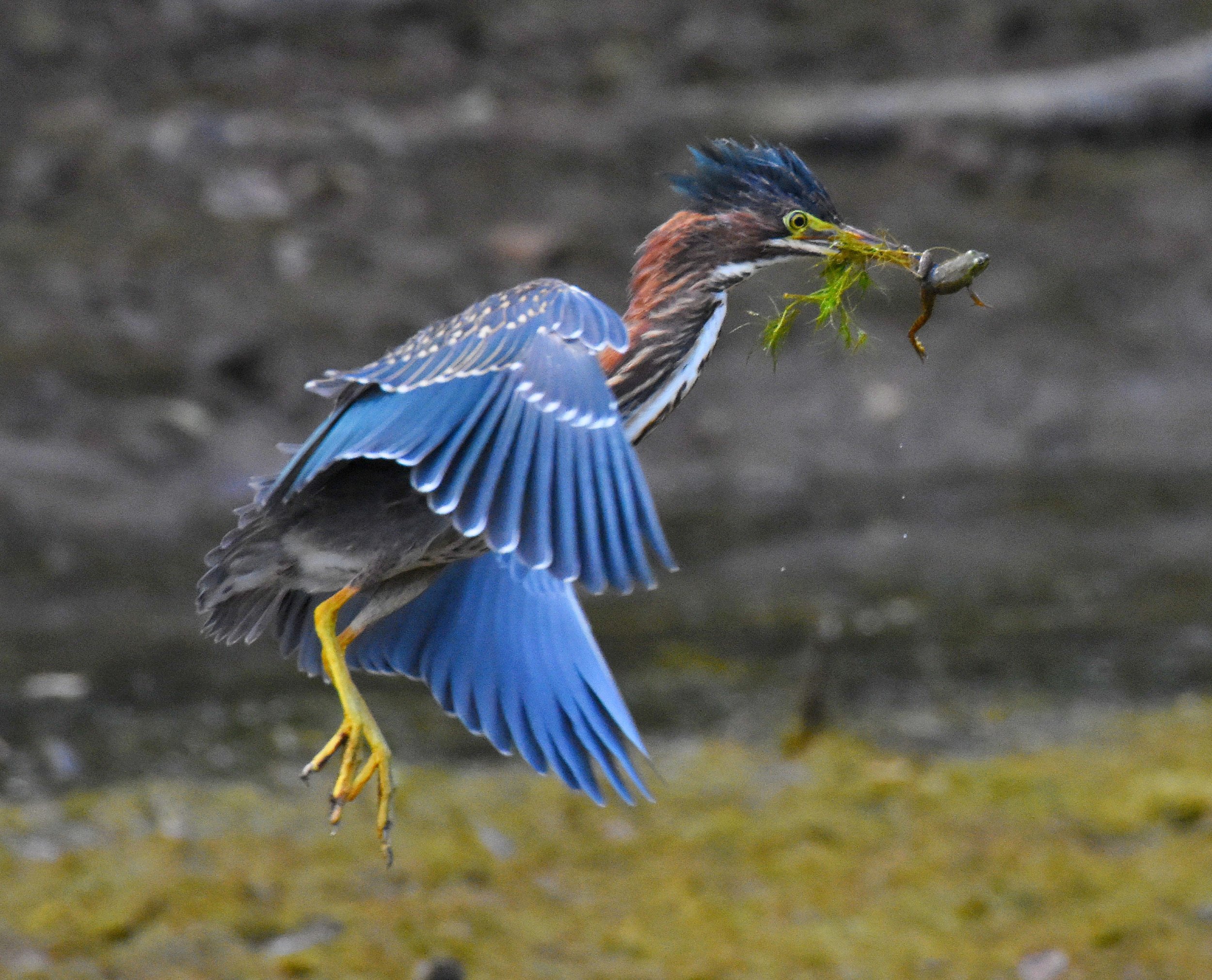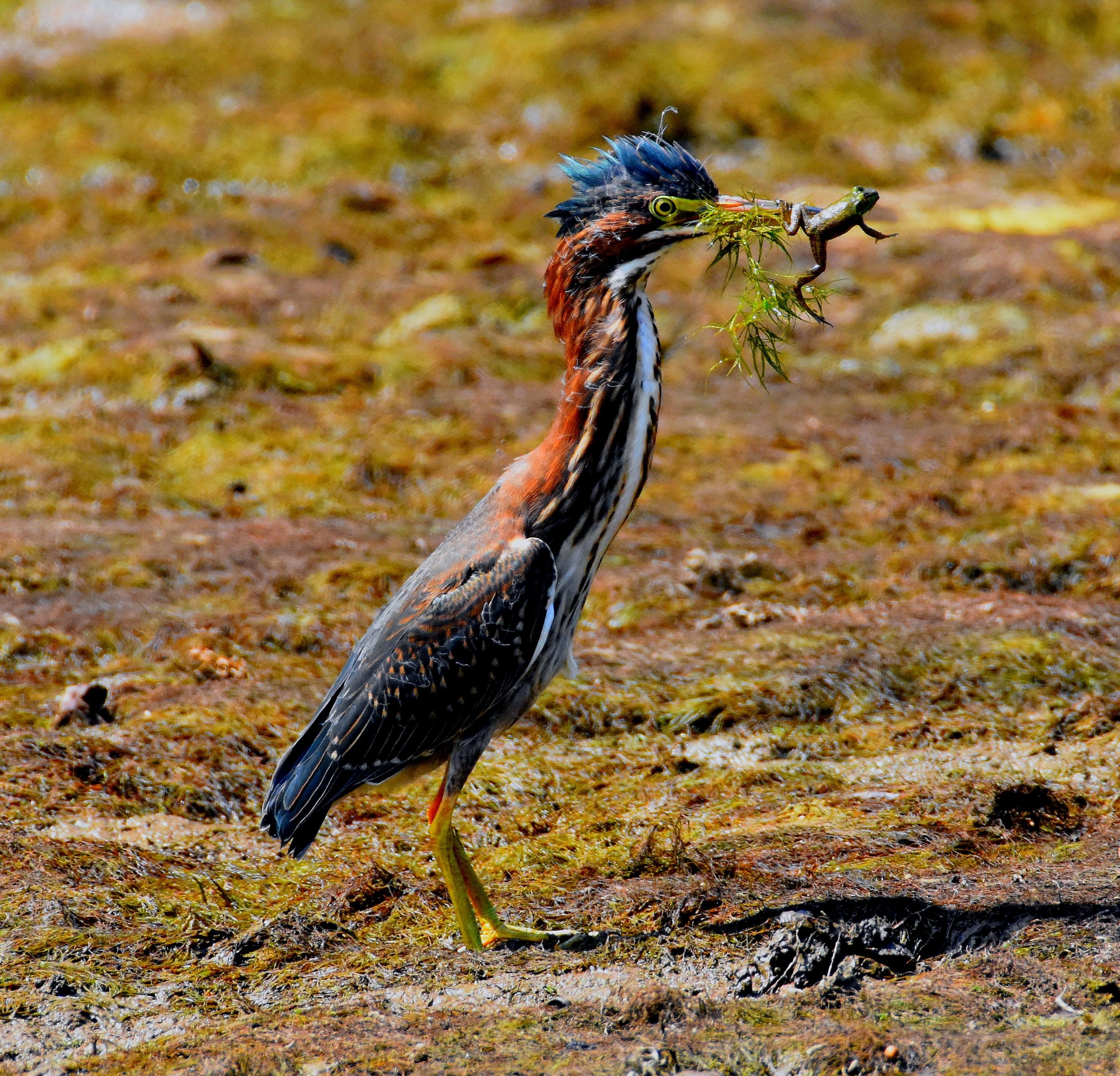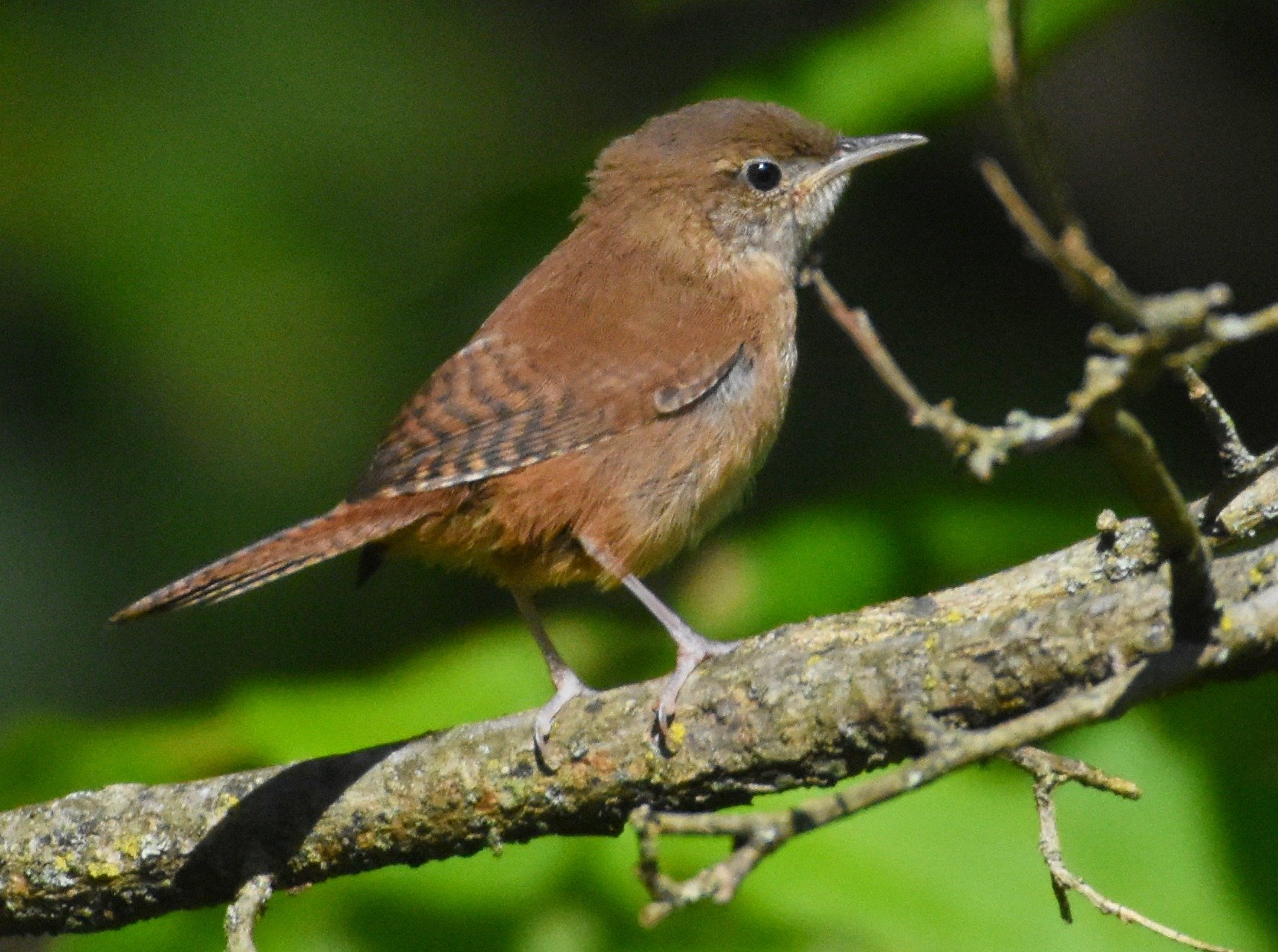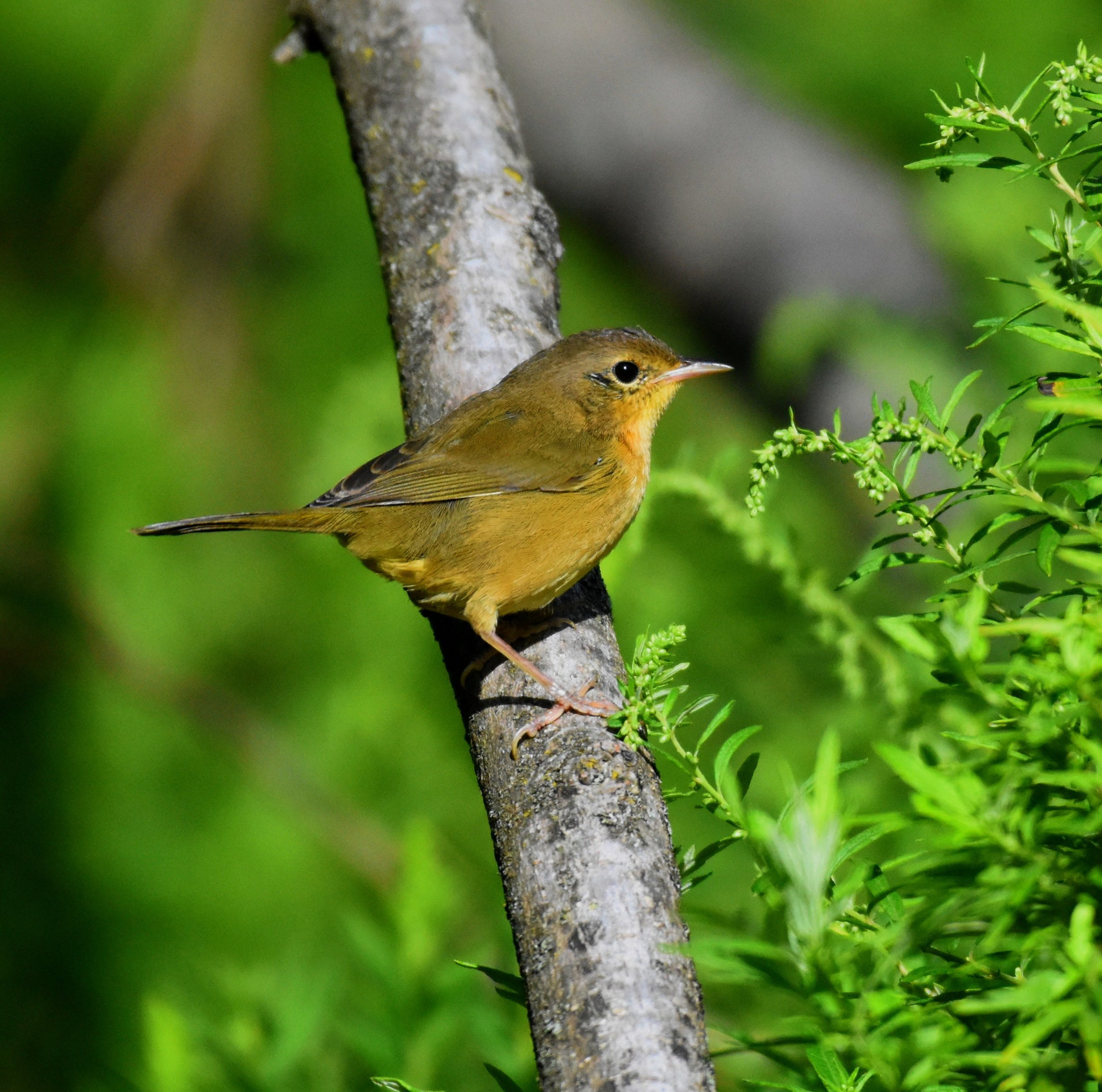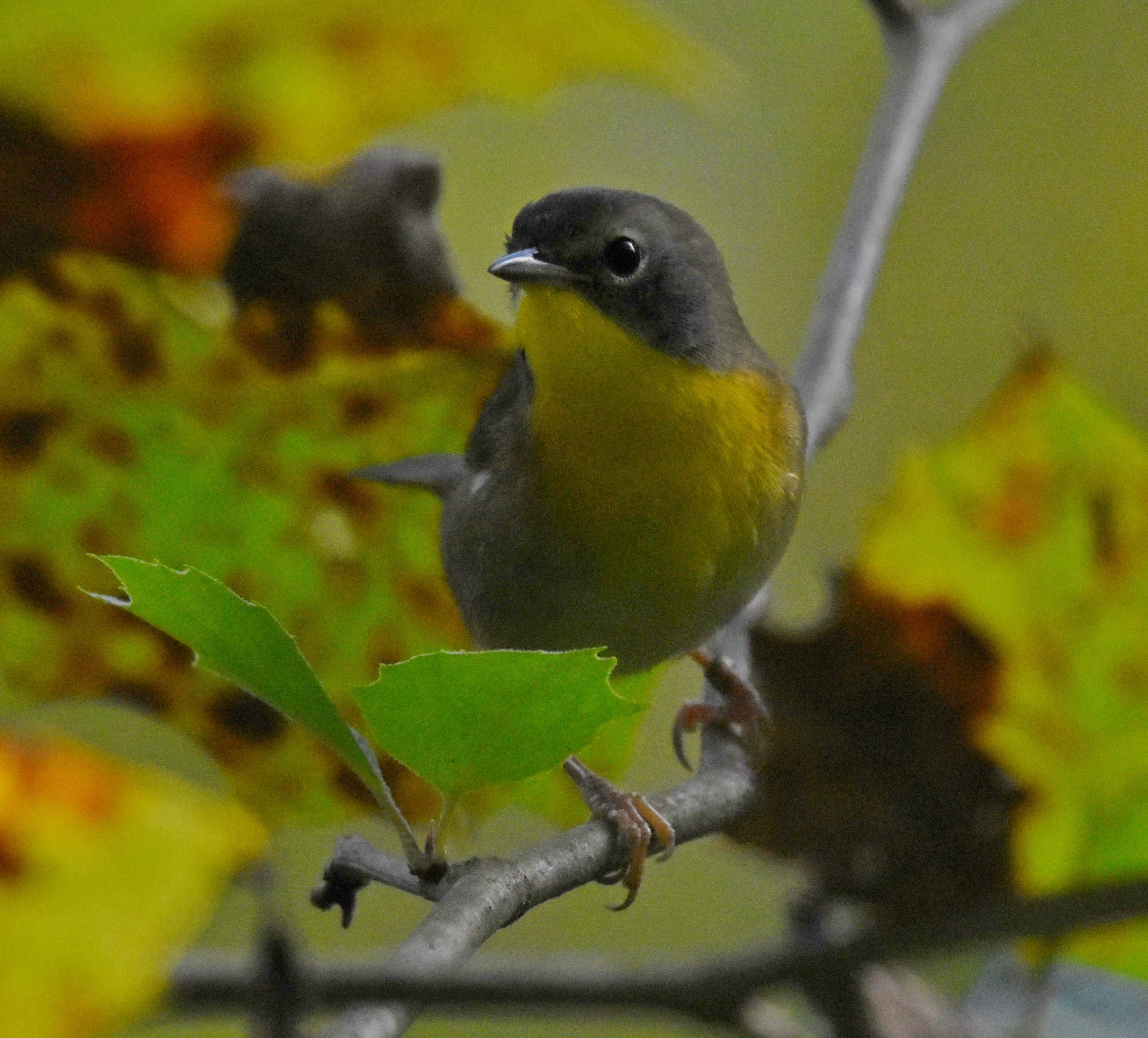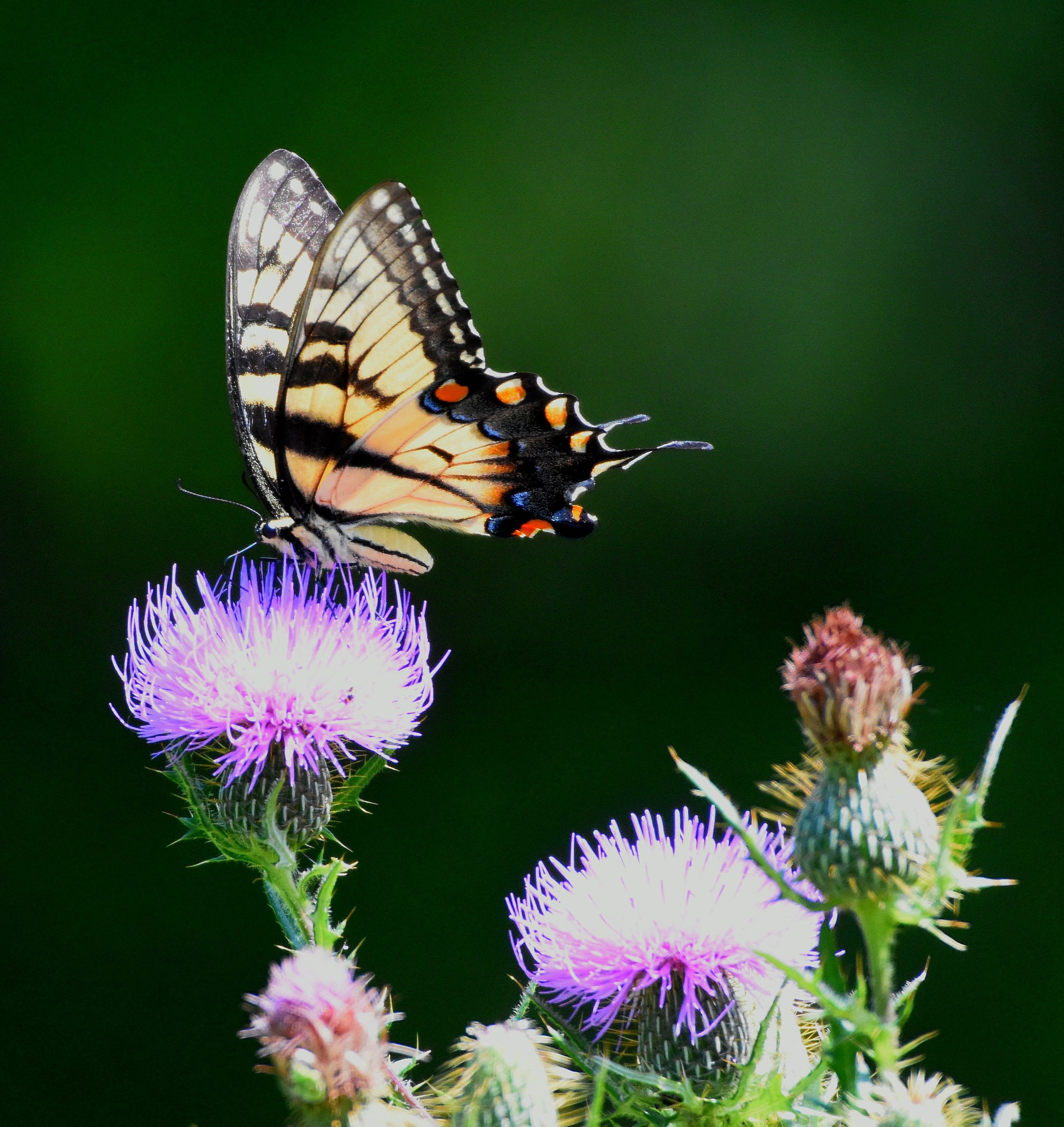Visitors can not have failed to notice the transformation of the former small pond area over the past year and a half. The dam has been removed, the stream channel restored, and the area fenced and planted - all thanks to the efforts of our excellent contractors and dedicated volunteers. We're eagerly awaiting Spring to see all that hard work burst into life!
In the meantime, we're continuing to expand the project to create meaningful area of diverse native trees, shrubs and herbaceous vegetation to provide habitat for woodland bird species such as wood thrush. At the end of February, our mowing contractor All Seasons Landscaping brought in forestry mulching equipment and removed all the invasive Amur honeysuckle in the three acres immediately downstream of the old dam.
The photo below shows the site as it is now, and the poster following describes the overall process to come.
